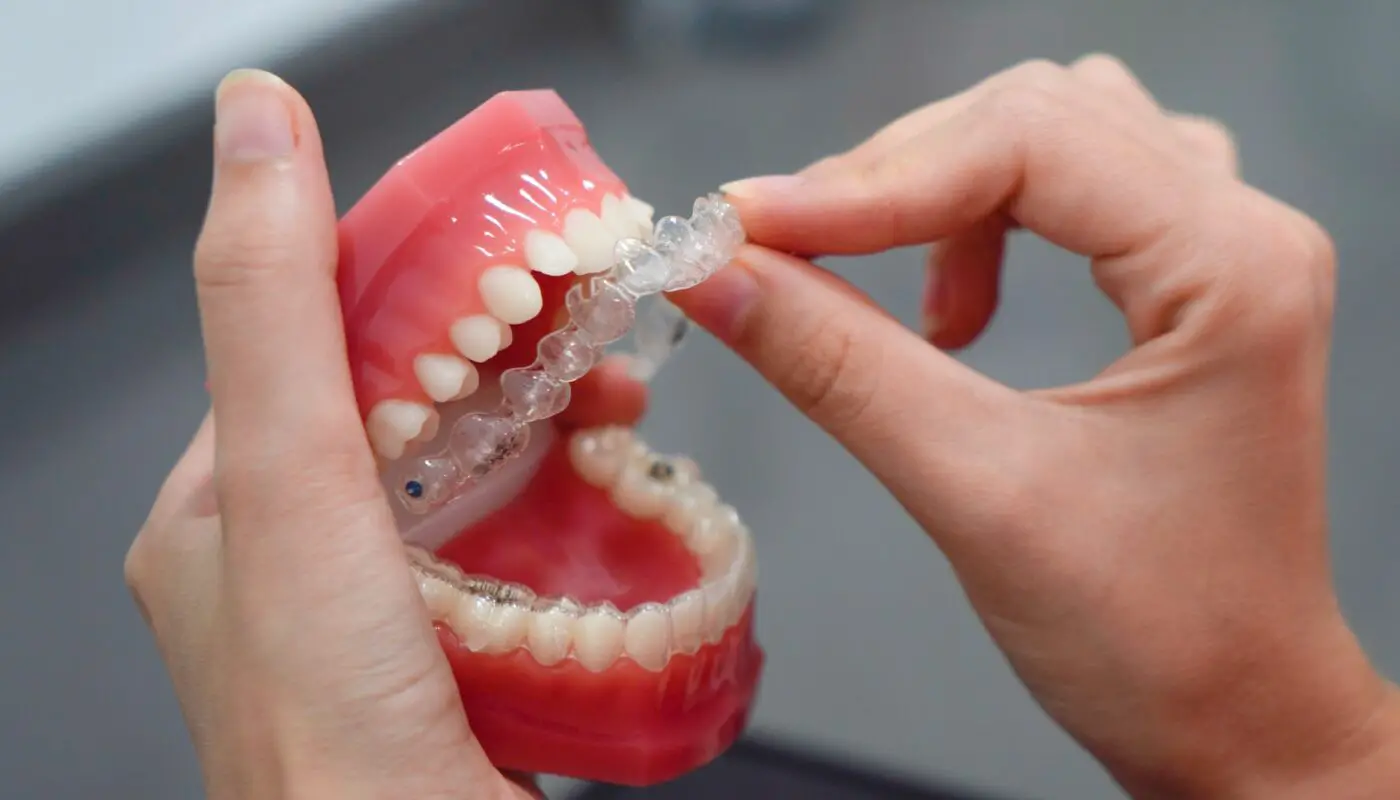Invisalign has emerged as a popular choice in orthodontics for its aesthetic and comfort advantages over traditional braces. This innovative approach involves clear, removable aligners that gradually shift teeth into position. For individuals considering this option, understanding Invisalign’s effectiveness in treating various dental issues is essential.
Table of Contents
Treating a Range of Orthodontic Problems
Invisalign’s ability to treat different dental conditions varies depending on the complexity of the issue. For those seeking personalized advice and treatment options, consulting with a Wilmington, NC dentist can provide valuable insights into whether Invisalign is the right choice for your specific orthodontic needs.
Mild to Moderate Crowding
Invisalign is particularly effective in addressing mild to moderate crowding. When teeth are overlapping or crooked, the aligners gently move them into a more aligned position, thus improving both the appearance and health of the teeth.
Spacing Issues
Gaps between teeth, either from natural spacing or due to missing teeth, can be successfully closed using Invisalign. The aligners exert steady pressure to gradually close these spaces, leading to a more uniform and aesthetically pleasing smile.
Bite Alignment
Invisalign is capable of correcting a variety of bite issues, including overbite, underbite, crossbite, and open bite. Proper alignment achieved through Invisalign not only improves the aesthetics of the smile but also contributes to better oral health by ensuring even distribution of bite forces.
Complex Dental Issues
While Invisalign is highly effective for a range of dental issues, more complex orthodontic conditions may require additional interventions. In such cases, Invisalign can be part of a comprehensive treatment plan that includes other orthodontic appliances or techniques.
Customized Treatment Plans
Each Invisalign treatment plan is customized based on the individual’s specific dental needs. This personalized approach ensures that the aligners effectively address the unique orthodontic challenges presented in each case.
Limitations in Complex Cases
Despite its versatility, Invisalign may not be suitable for more complicated orthodontic cases. Severe crowding, large gaps, and intricate bite problems may require traditional braces or other advanced orthodontic interventions for effective treatment. To explore more about Invisalign in Wilmington, NC, and to determine if it’s the right solution for your dental concerns, feel free to check this website for comprehensive information and expert consultations.
The Role of Patient Compliance
Success with Invisalign heavily relies on patient compliance. The aligners are removable for eating and oral hygiene but need to be worn for 20-22 hours daily to be effective. Non-compliance can extend treatment duration and impact the desired results.
Technological Edge in Invisalign
The effectiveness of Invisalign is enhanced by advances in dental imaging and aligner manufacturing. 3D imaging allows for accurate treatment planning, and tailor-made aligners ensure they fit perfectly, maximizing treatment efficacy.
Patient Experiences with Invisalign
The experience of undergoing Invisalign treatment varies among individuals, but many report positive outcomes. Patients often appreciate the less intrusive appearance of Invisalign compared to traditional braces. Comfort is another frequently cited benefit, as the aligners are custom-made to fit snugly over the teeth.
However, it’s important for patients to have realistic expectations. Initial discomfort can occur as the teeth begin to move, and adapting to wearing aligners for the recommended duration daily requires commitment. Success stories often highlight the importance of adhering to the treatment plan prescribed by the orthodontist.
Maintenance of Invisalign Aligners
Proper care of Invisalign aligners is crucial for their effectiveness. Key maintenance tips include:
- Regular Cleaning: Aligners should be cleaned regularly to prevent buildup of plaque and bacteria. Using a soft-bristled toothbrush and non-abrasive toothpaste or a cleaning solution recommended by the orthodontist is advisable.
- Rinsing Aligners: It’s important to rinse the aligners every time they are removed to keep them clear of debris and saliva.
- Avoiding Harmful Substances: Avoid using hot water for cleaning as it can warp the plastic. Also, colored or sugary drinks should be avoided while wearing the aligners to prevent staining and decay.
Post-Treatment Care
Once the Invisalign treatment is completed, maintaining the results is vital. Most orthodontists recommend retainers to ensure teeth stay in their new position. These can be similar to Invisalign trays and are typically worn at night.
Regular dental checkups and good oral hygiene practices continue to be important even after treatment completion. This ensures the long-term health of your teeth and the durability of the treatment results.
Embracing the Invisalign Journey
Embracing the Invisalign journey requires understanding and commitment. From the initial adaptation phase to the diligent maintenance of the aligners and post-treatment care, each step plays a crucial role in achieving and maintaining the desired results.
For individuals considering Invisalign, consulting with an experienced orthodontist is the first step to determine if this treatment aligns with their specific dental needs and goals. With the right approach and commitment, Invisalign can be an effective solution for achieving a healthier, more confident smile.
Conclusions
Invisalign has proven to be a versatile and effective solution for a variety of orthodontic issues, from mild to moderate crowding to various bite misalignments. Its clear and removable aligners offer an aesthetic and convenient alternative to traditional braces, aligning with the modern patient’s lifestyle and preferences. However, its effectiveness is contingent on the complexity of the dental issues and the patient’s commitment to the treatment protocol.
Key Takeaways
- Versatility: Invisalign is adept at correcting a wide range of orthodontic issues, particularly those of mild to moderate severity.
- Patient Compliance: The success of Invisalign largely depends on the patient’s adherence to wearing the aligners for the recommended 20-22 hours a day.
- Maintenance of Aligners: Proper cleaning and care of the aligners are crucial to avoid any hygiene-related complications and to ensure their effectiveness.
- Post-Treatment Care: Post-treatment retention is key to maintaining the results achieved with Invisalign. This typically involves the use of retainers.
- Consultation with Orthodontists: An initial consultation with an orthodontist is essential to determine if Invisalign is the right treatment option, considering the specific dental conditions and treatment goals of the patient.
- Realistic Expectations: While Invisalign offers many benefits, it’s important for patients to have realistic expectations about the treatment outcome and duration.
Realted Reading

Dental Demons: The Top Culprits Damaging Oral Health
Understanding the Anatomy and Physiology in Dental Implant Procedures
Advanced Dental Services – Top 10 Modern Treatments For Your Clinic
Dental Implants Guide – Unlock the Secrets to a Radiant Smile in 5 Steps



